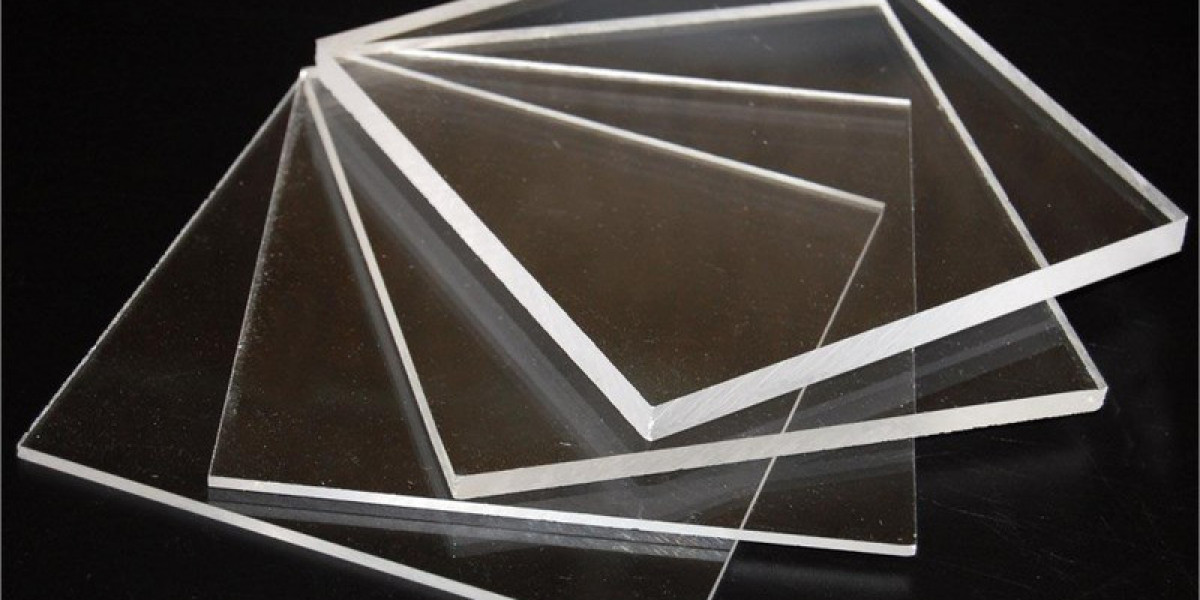Experiencing a flood in your home can be really stressful. It's important to act fast, especially in the first 24 hours, to limit damage and keep yourself safe. Here’s a straightforward guide on what to do right after a flood and why you might want to call in professionals to help with the cleanup.
Immediate Actions to Take When Your Home Floods
Prioritize Safety First
First and foremost, ensure that you and your family are safe. Floodwaters can be dangerous because they may contain bacteria, chemicals, and debris. If you can, try to avoid walking through standing water. Be careful of slippery floors, sharp objects, and hidden electrical hazards.
Turn Off Electricity and Gas Safely
If you can get to your circuit breaker or gas valve without stepping in water, turn them off right away. But if there’s water on any outlets, appliances, or the breaker itself, don’t try to do it yourself. Let a professional take care of it. Your safety is more important than turning off the utilities.
Document the Damage for Insurance Claims
Take pictures and videos of all the damage — including walls, floors, furniture, appliances, and personal belongings. Documenting everything right away is important for your insurance claim later. Try to take photos from different angles, and make a list of any items that are lost or damaged.
Steps to Start the Water Removal Process
Identify and Stop the Source of Water (If Possible)
If your home is flooding because of a broken pipe or an appliance leak, turn off the main water supply immediately. However, if the flooding is caused by heavy rain or a storm, there's not much you can do to prevent it. Instead, focus on reducing any additional damage inside your home.
Begin Removing Standing Water
Start by using buckets, mops, or a wet/dry vacuum to clear out as much standing water as possible. The longer the water stays, the more damage it can do to your floors, walls, and overall home structure.
Use Dehumidifiers and Fans to Dry Affected Areas
After getting rid of most of the water, use dehumidifiers and fans to help everything dry quicker. If the weather is nice, open the windows and doors. It's really important to dry things out well because mold can start to grow within just 24 to 48 hours after a flood.
Why Professional Water Damage Restoration Matters
Risks of Hidden Water Damage
Even if things seem dry on the outside, water can still get into walls, insulation, and floors. This hidden moisture can lead to serious damage over time and create a good place for mold to grow, which can be bad for both your health and your home.
How Restoration Experts Speed Up Recovery
Even if things seem dry on the outside, water can still get into walls, insulation, and floors. This hidden moisture can lead to serious damage over time and create a good place for mold to grow, which can be bad for both your health and your home.
Preventing Mold and Structural Issues
Quick and professional help can be the key to a good recovery versus ongoing issues. Restoration teams do more than just remove water; they also treat affected areas to stop mold and check moisture levels to make sure your home is completely dry.
Key Things to Avoid After a Flood
Don’t Delay Water Damage Restoration Services
After a flood, every hour matters. Delaying even a day or two can let water soak deeper into walls and floors, causing more serious damage. Acting quickly can save you a lot of money on repairs.
Avoid Using Household Appliances in Affected Areas
Using electrical appliances or systems that have been near water is very risky. Don’t use any devices plugged into outlets until a professional checks and clears the area.
Don’t Assume Everything Can Be Saved
Some items, like soaked mattresses, upholstered furniture, and specific types of flooring, may not be able to be saved. It's important to think about your health and safety when deciding what to keep. Follow the guidance of restoration experts to make the best choices.
When to Call a Water Damage Restoration Company
Signs You Need Professional Help Immediately
If you notice any of the following, it’s time to call in the experts:
Water has been standing for more than 24 hours
You detect a musty odor (a sign of mold)
Structural elements like drywall, ceilings, or floors are sagging
Electrical systems may have been compromised
The affected area is large or the water source is contaminated
Choosing the Right Water Damage Restoration Service
When you need help with water damage, find a company that is available 24/7 and has the right licenses and insurance. It's important to choose a team that has positive reviews or good recommendations. A reliable water damage restoration service will inspect the damage carefully, explain your choices clearly, and assist you with the insurance process if you need help.
Conclusion
Dealing with a flooded home can be really stressful, but acting quickly and knowing what to do can help. First, make sure your family is safe. Then, carefully document the damage. Start drying out your home as soon as you can. Don’t hesitate to call water damage restoration experts. They can help prevent long-term problems and give you peace of mind during this tough time.










